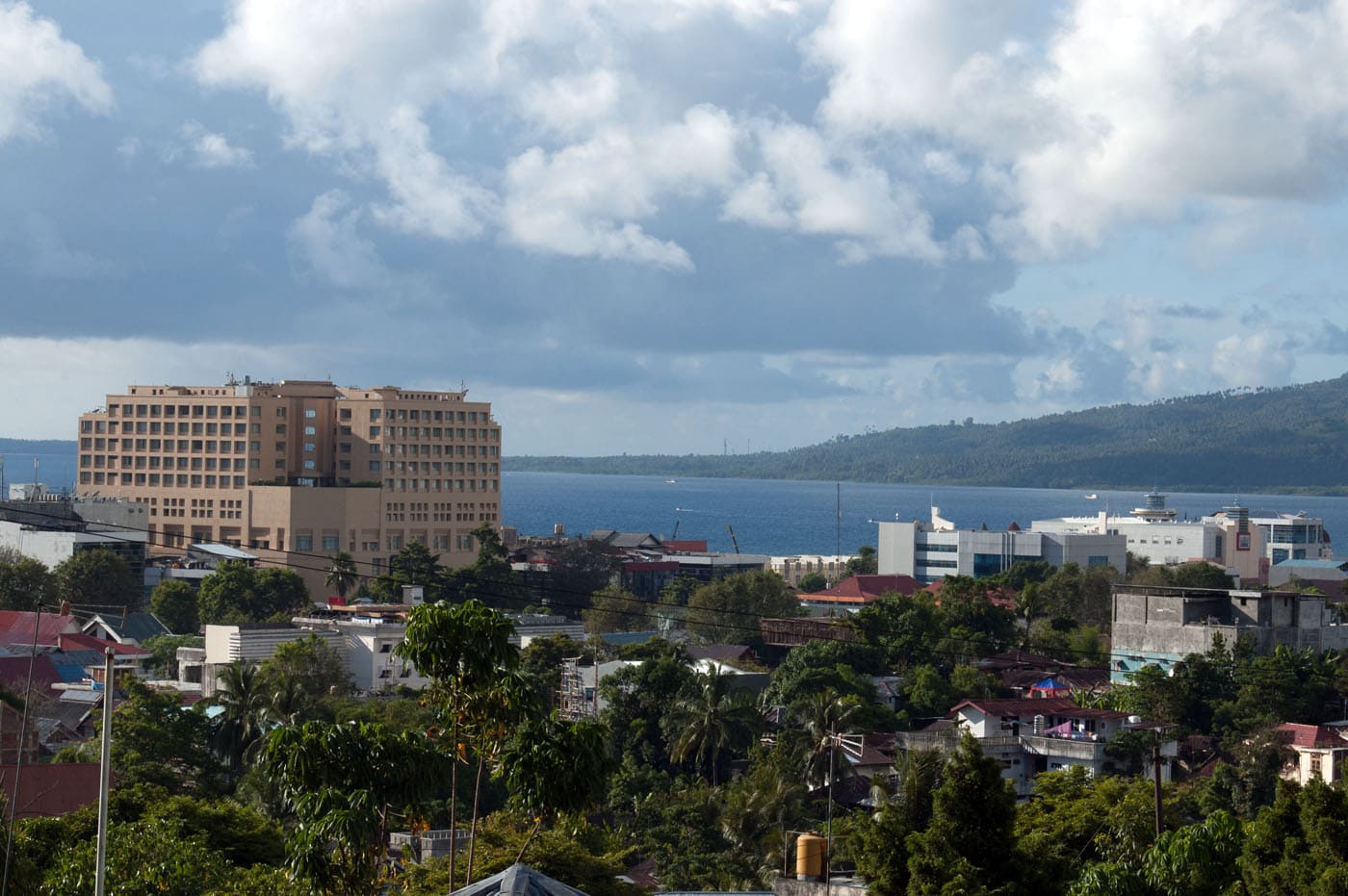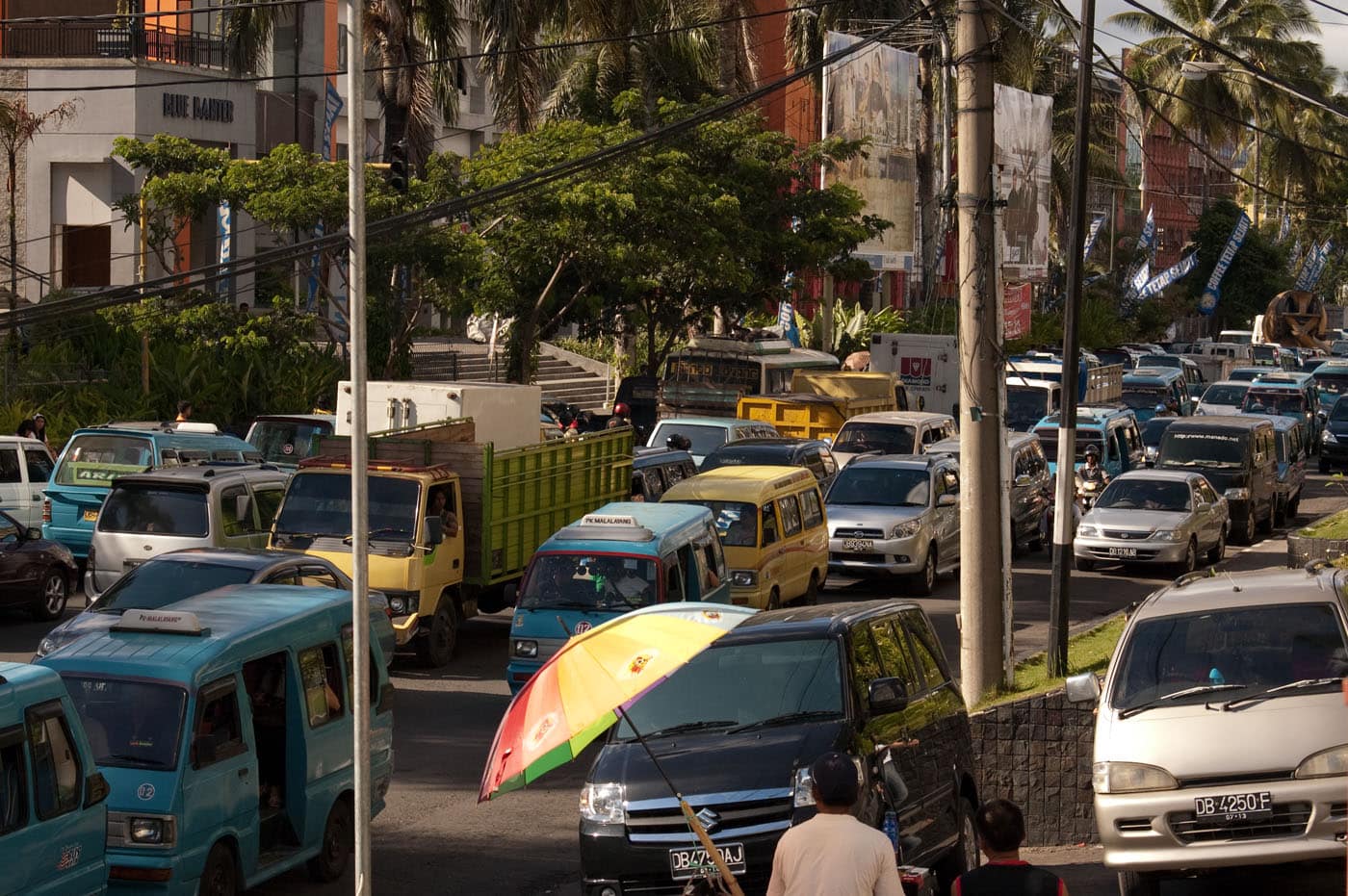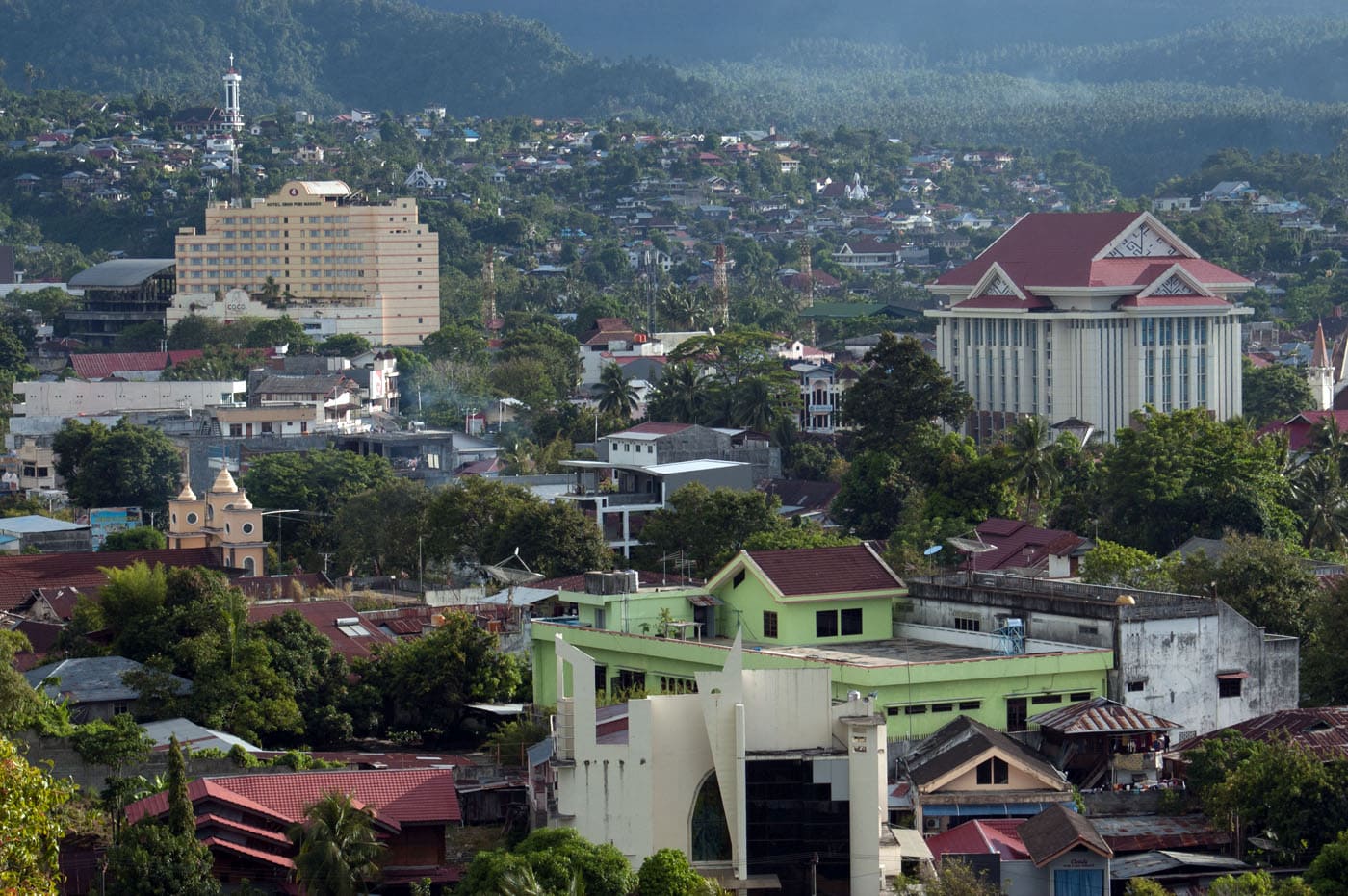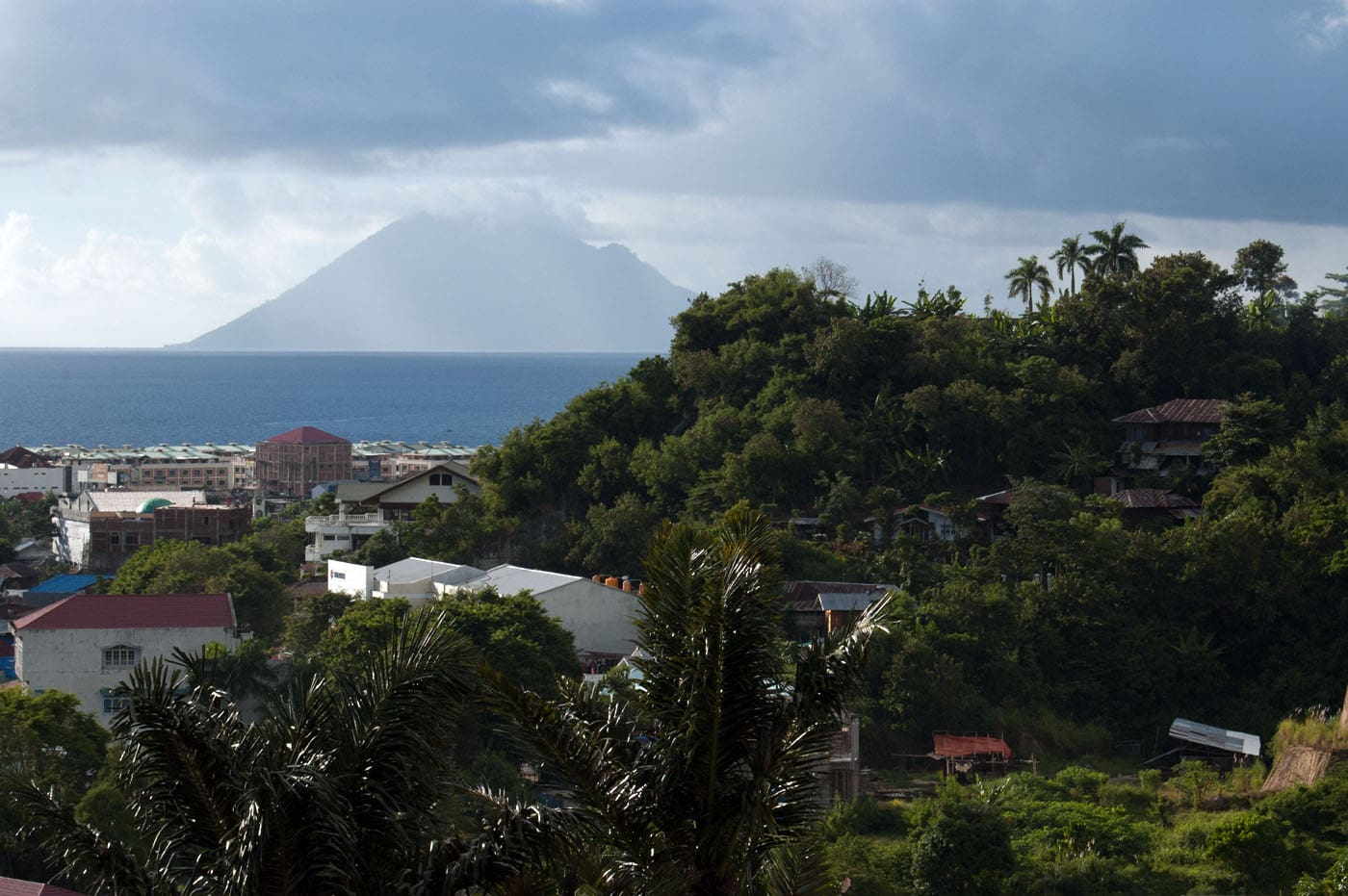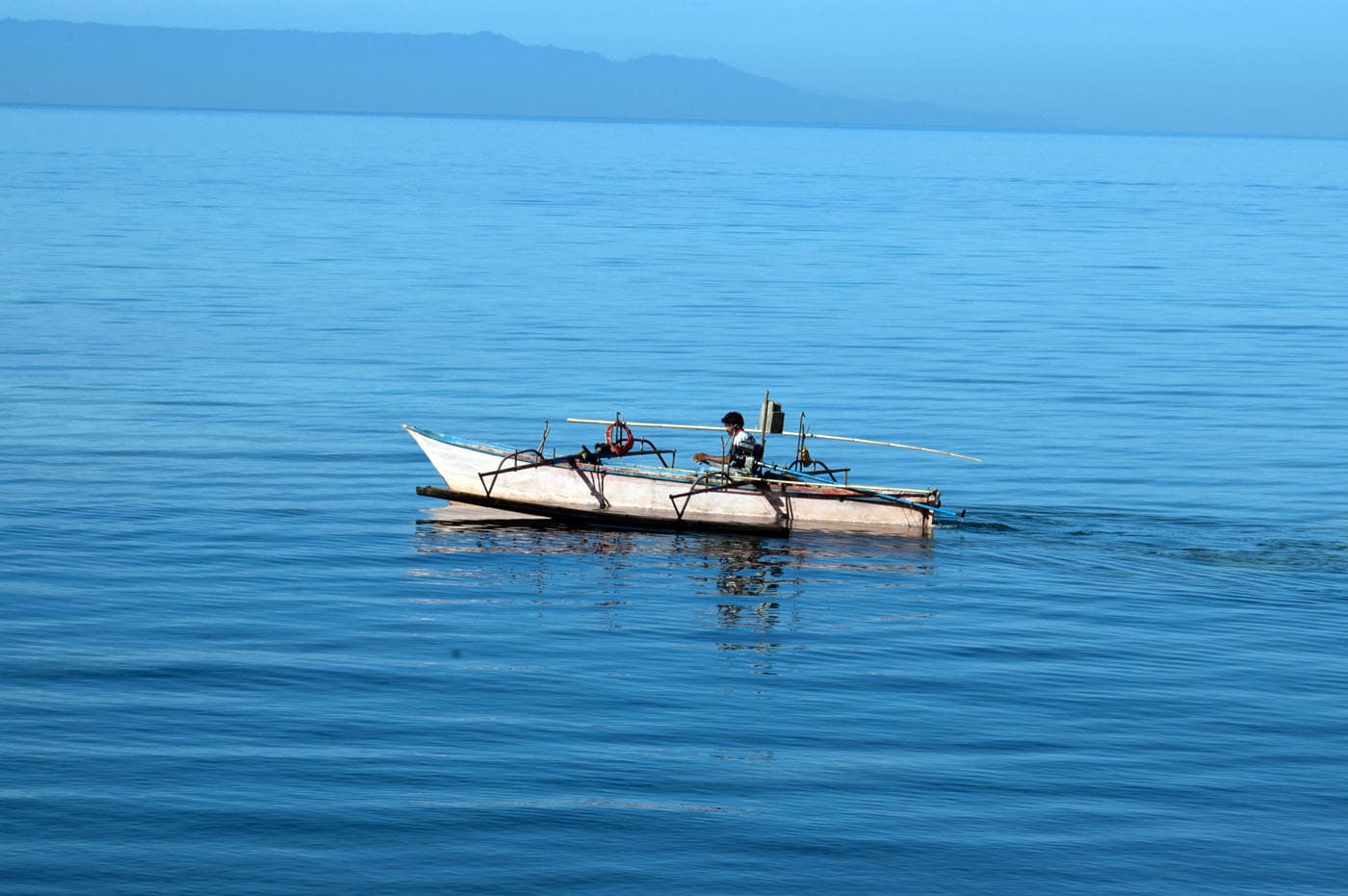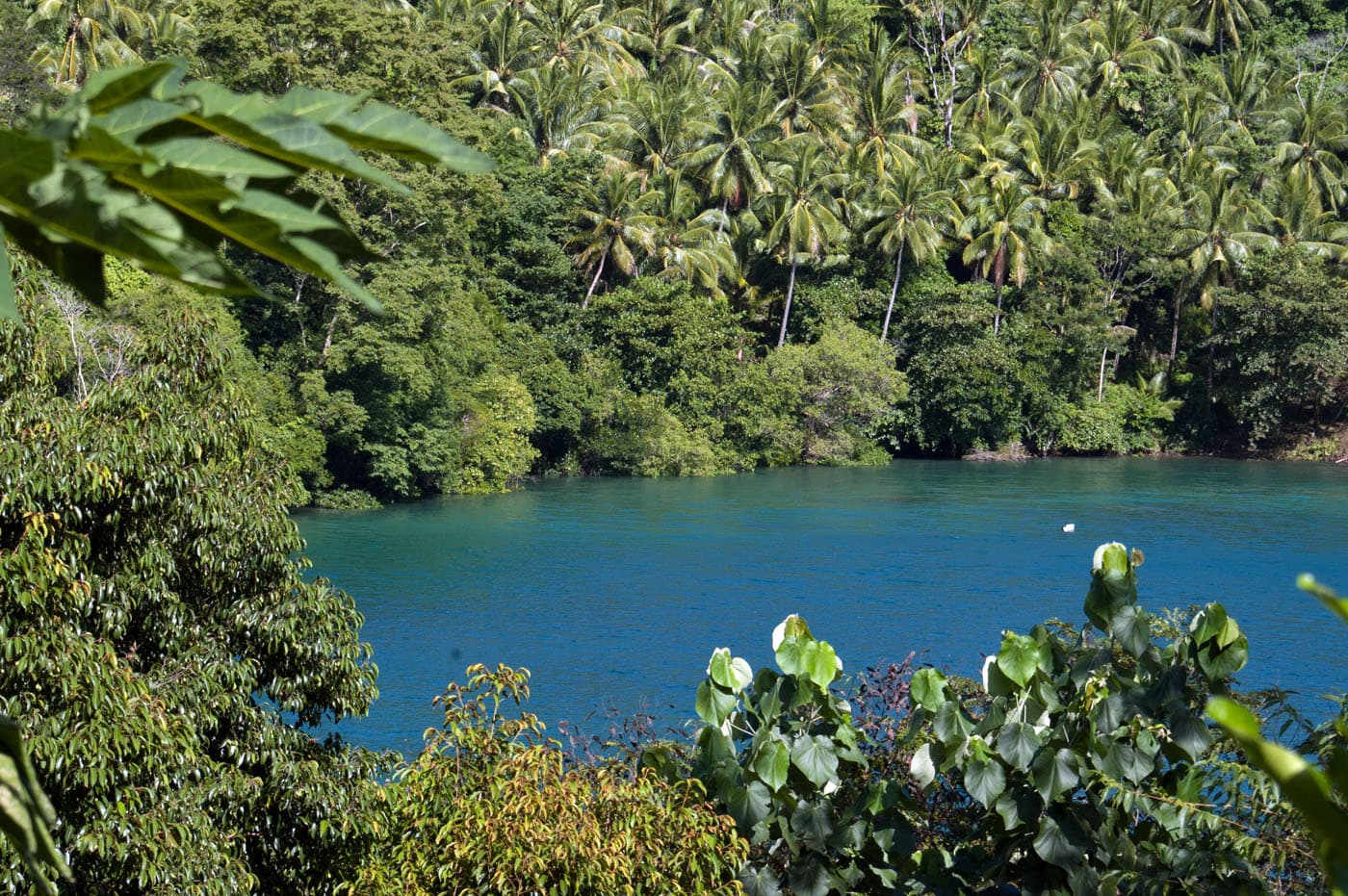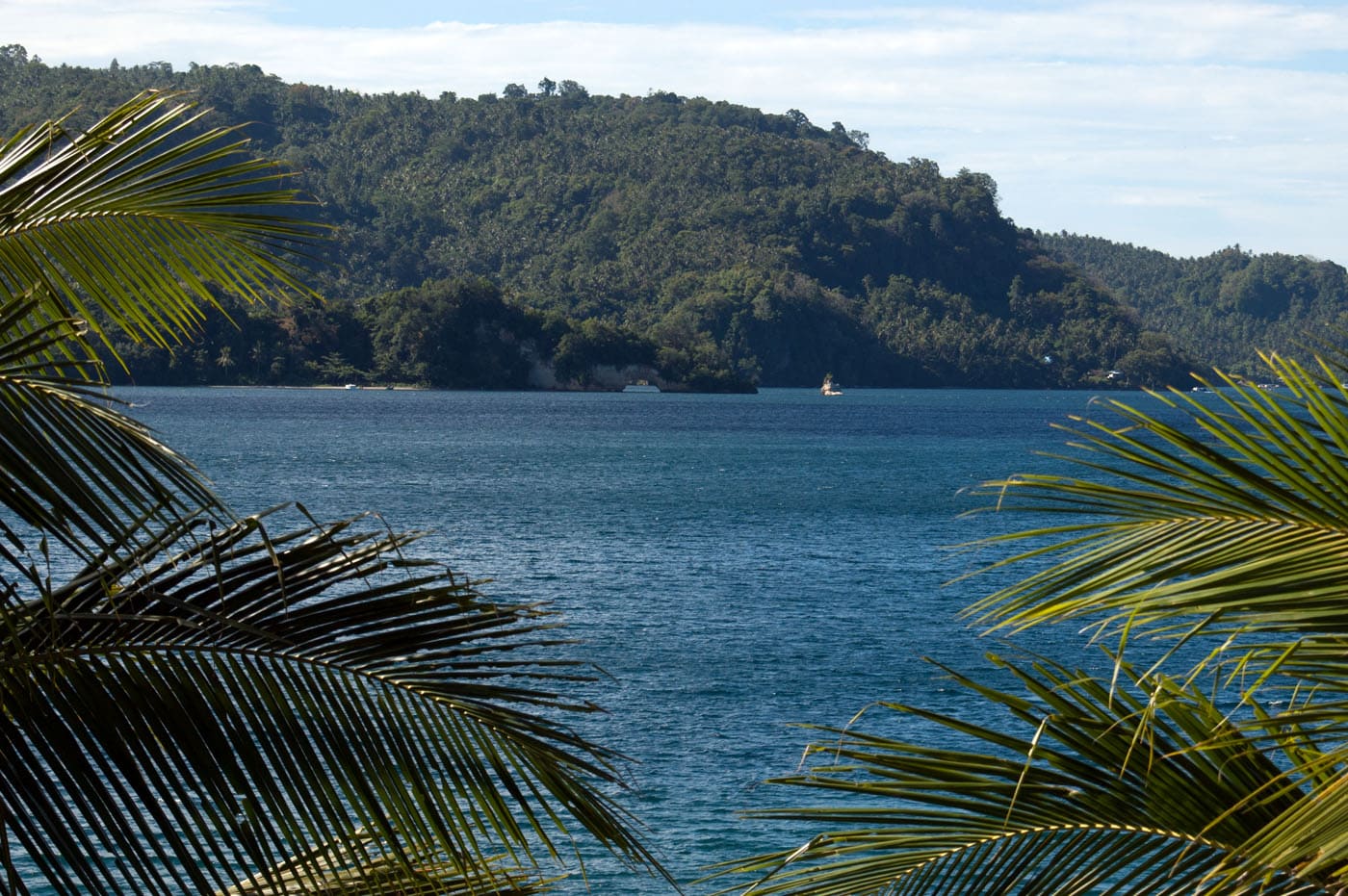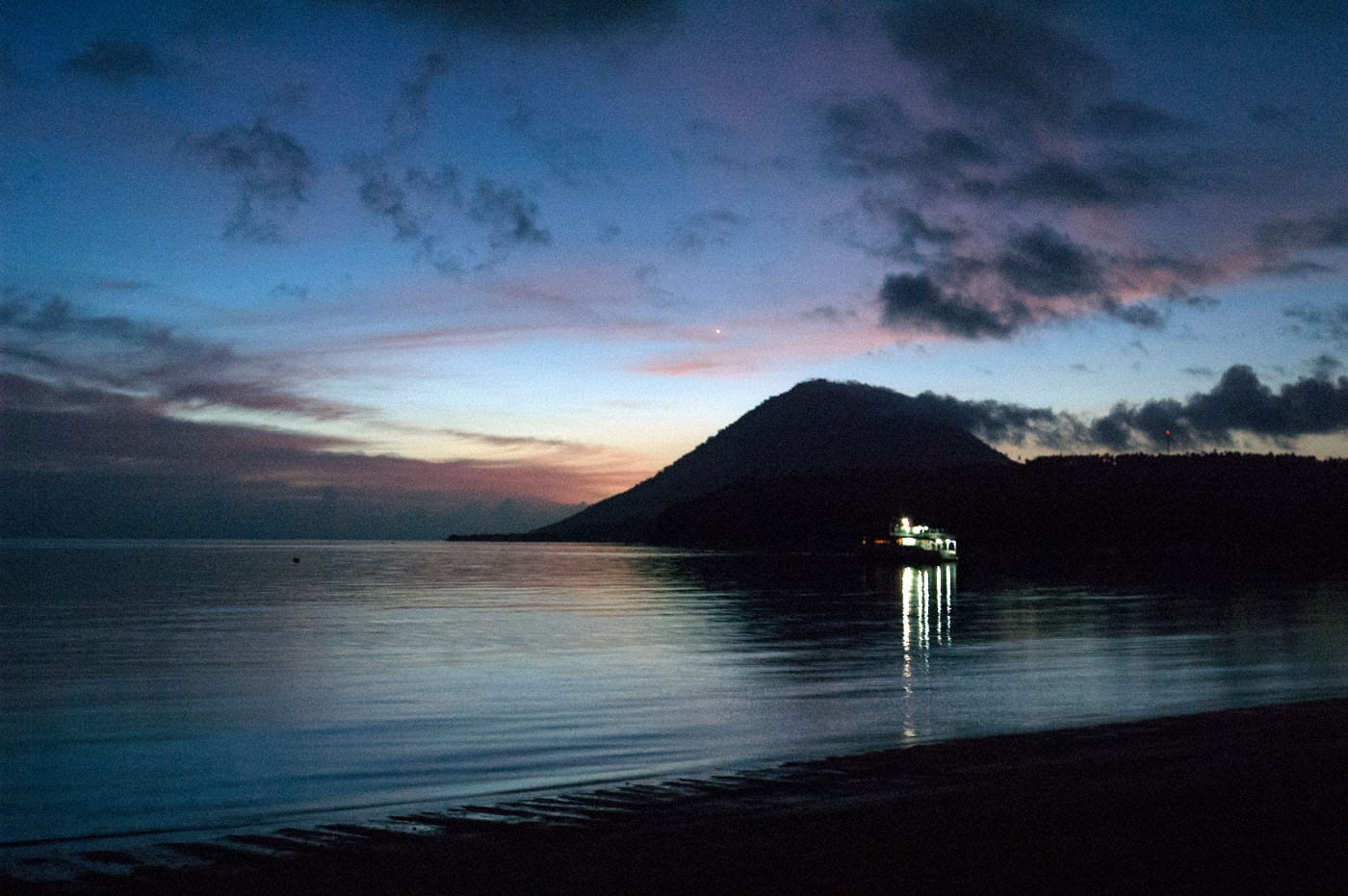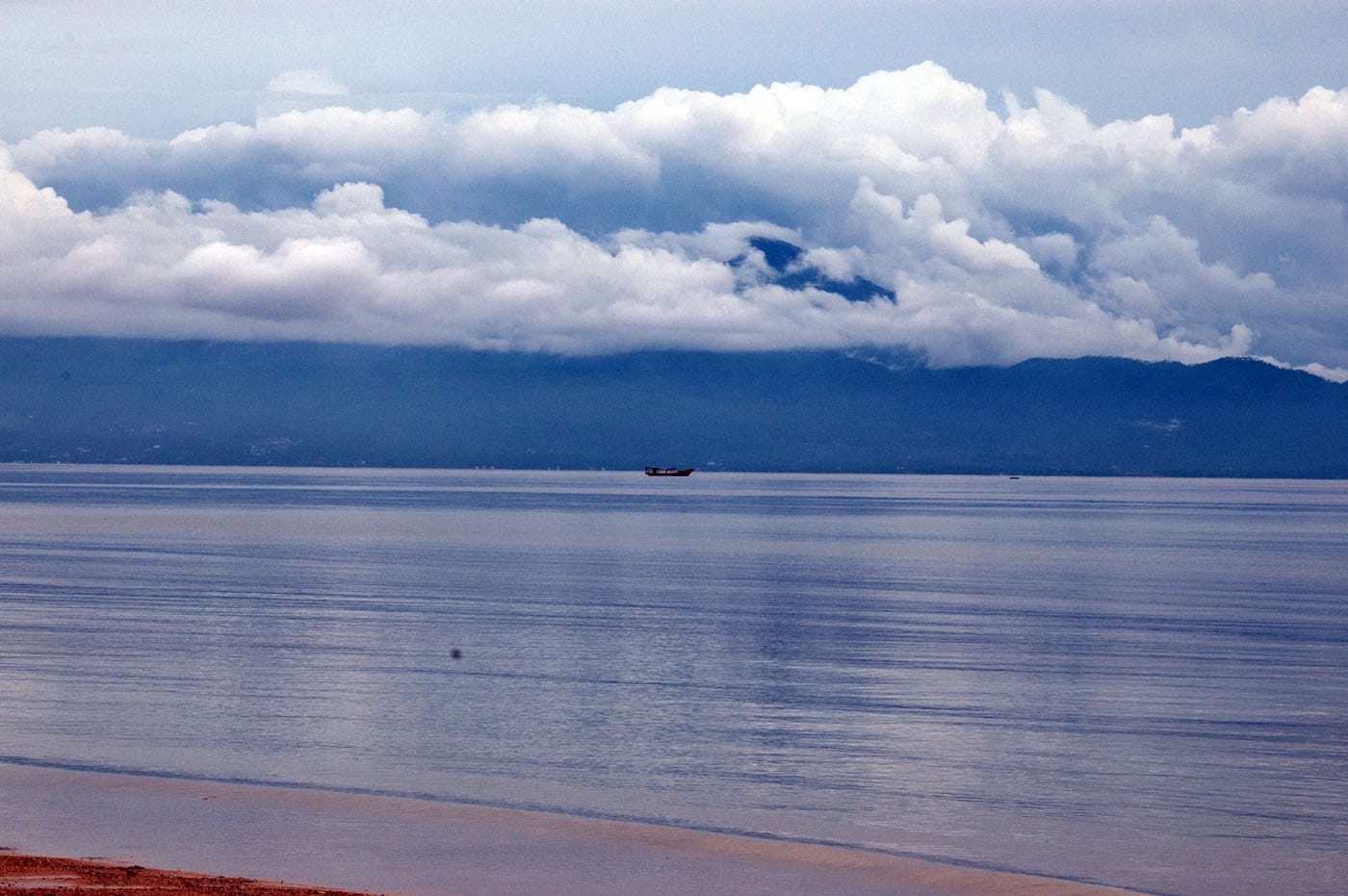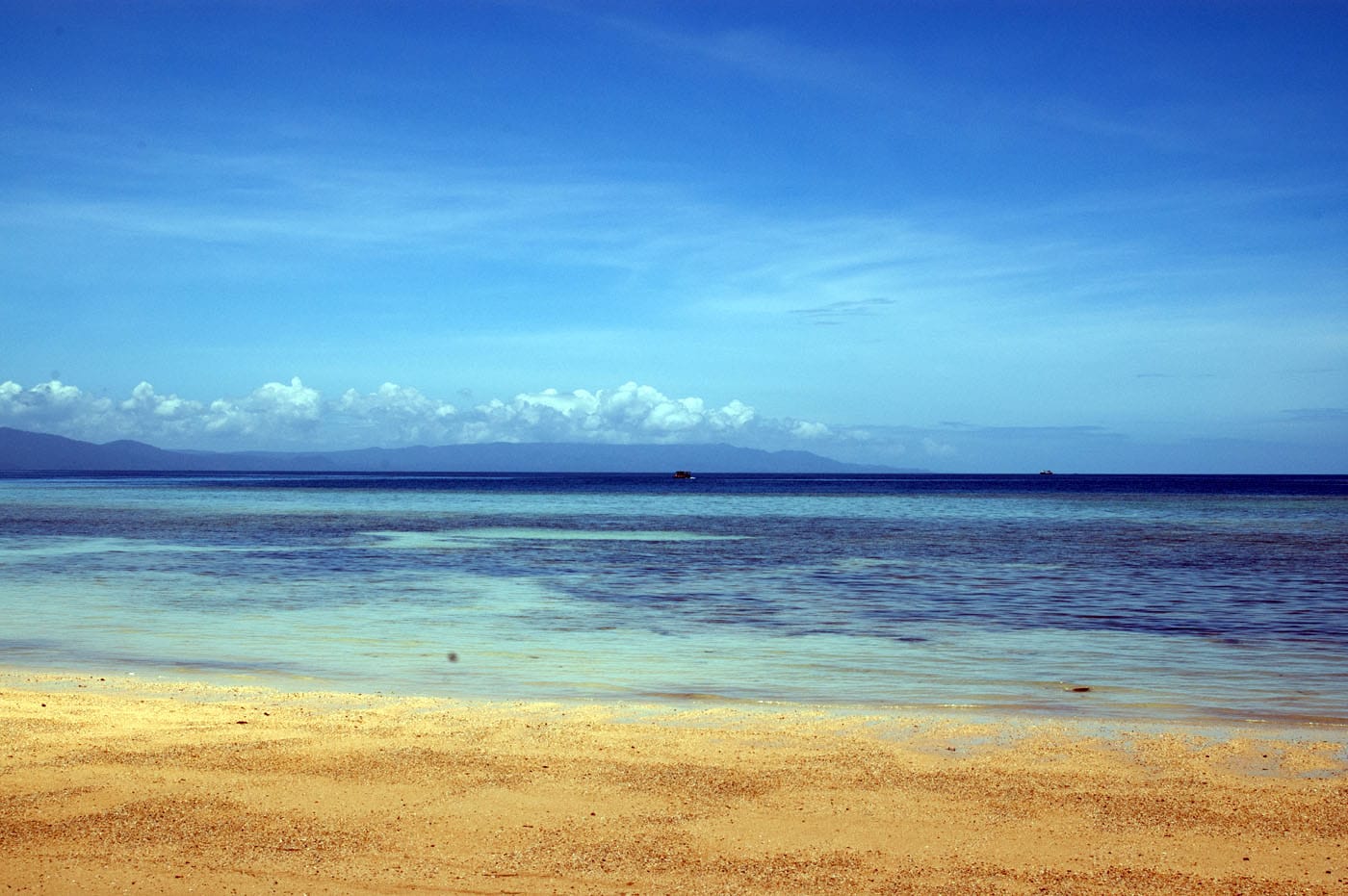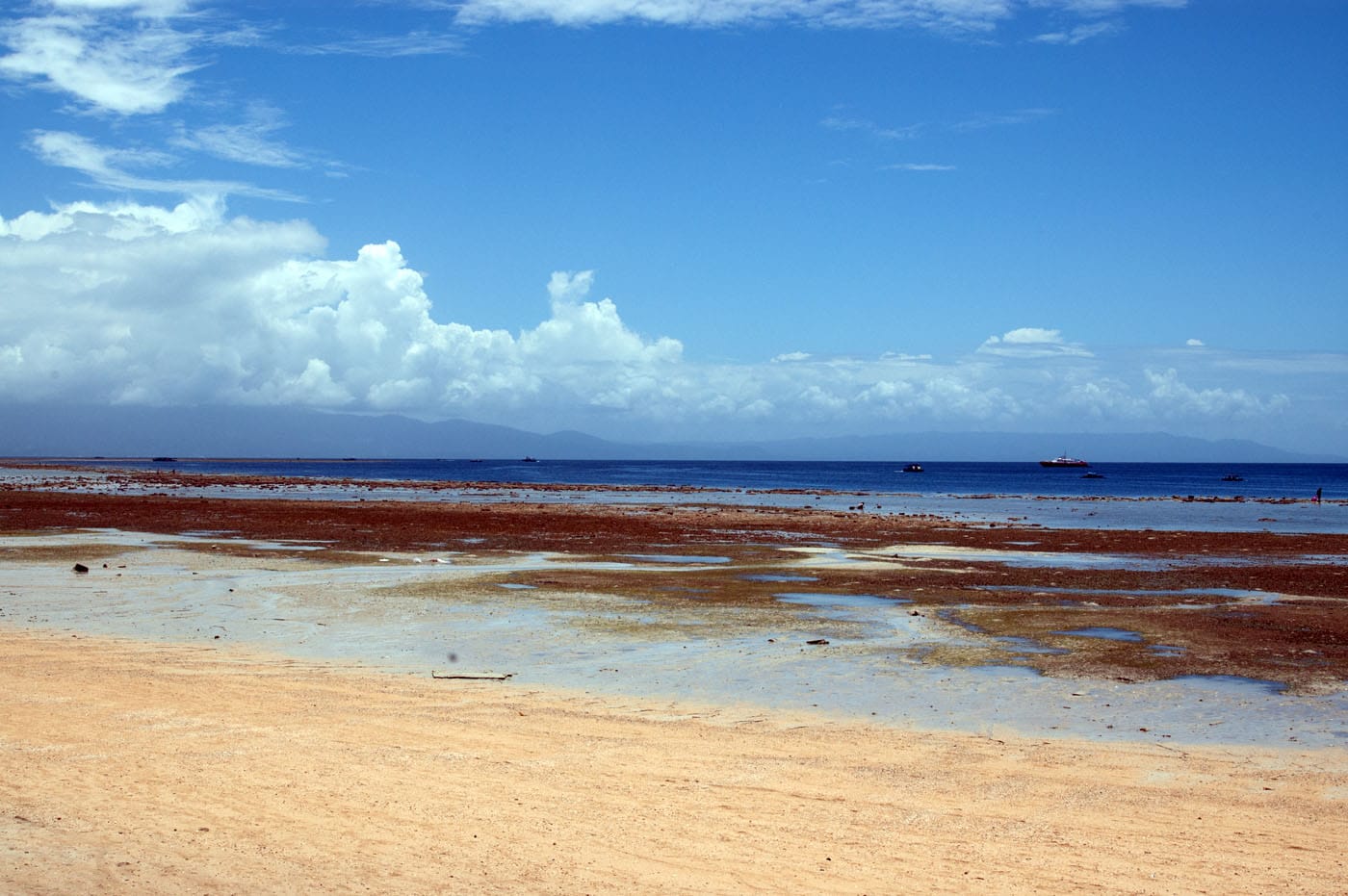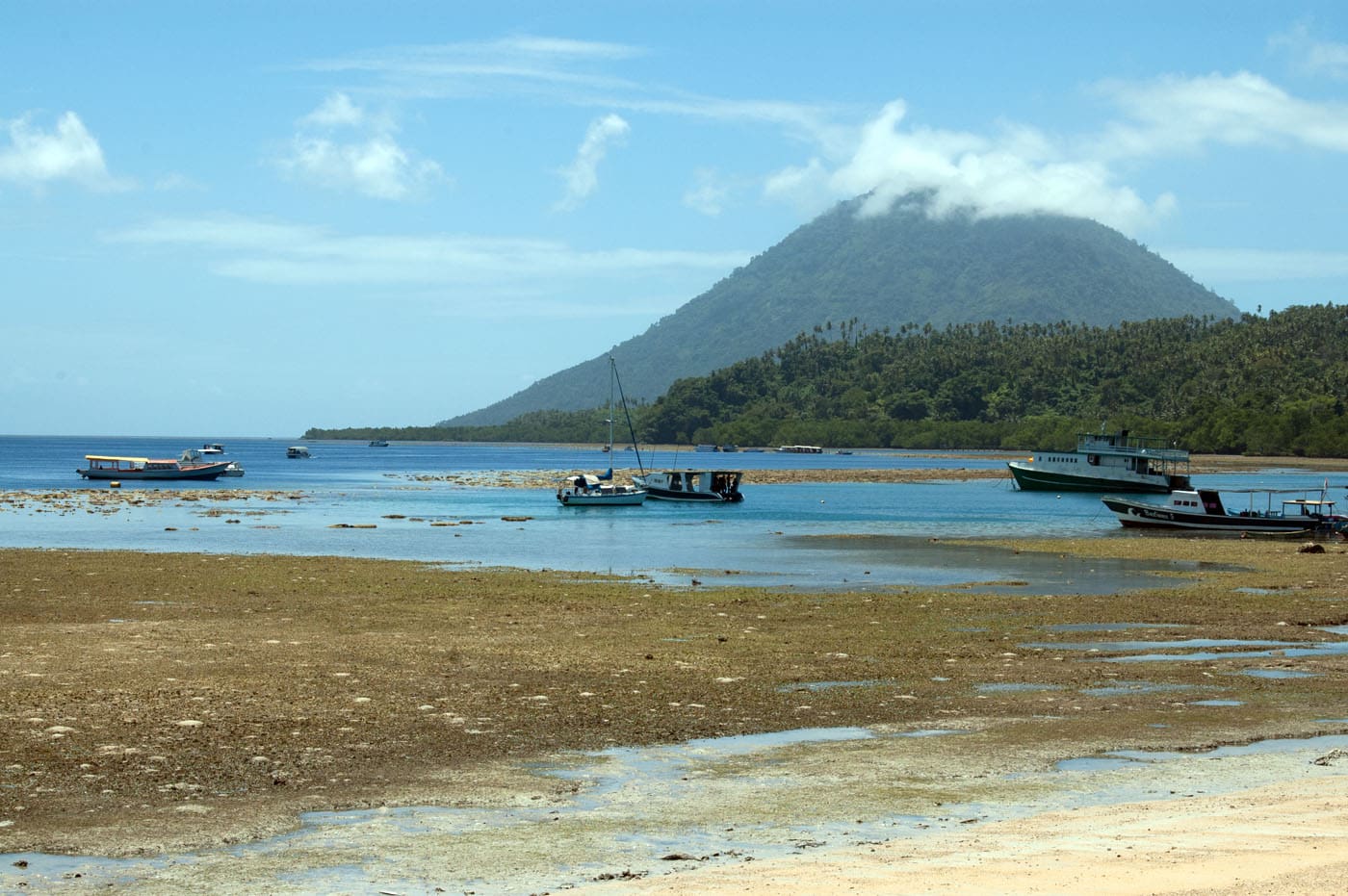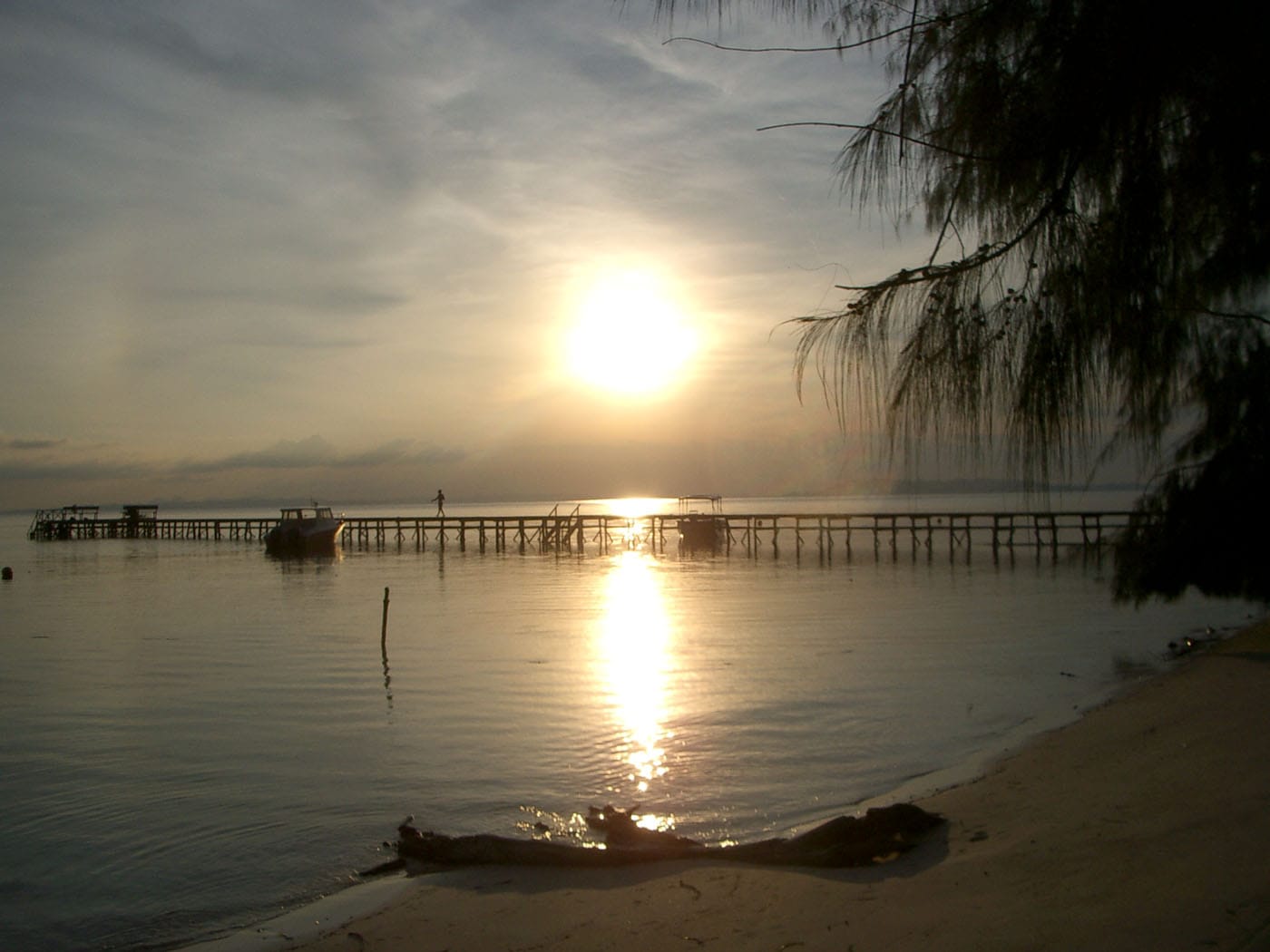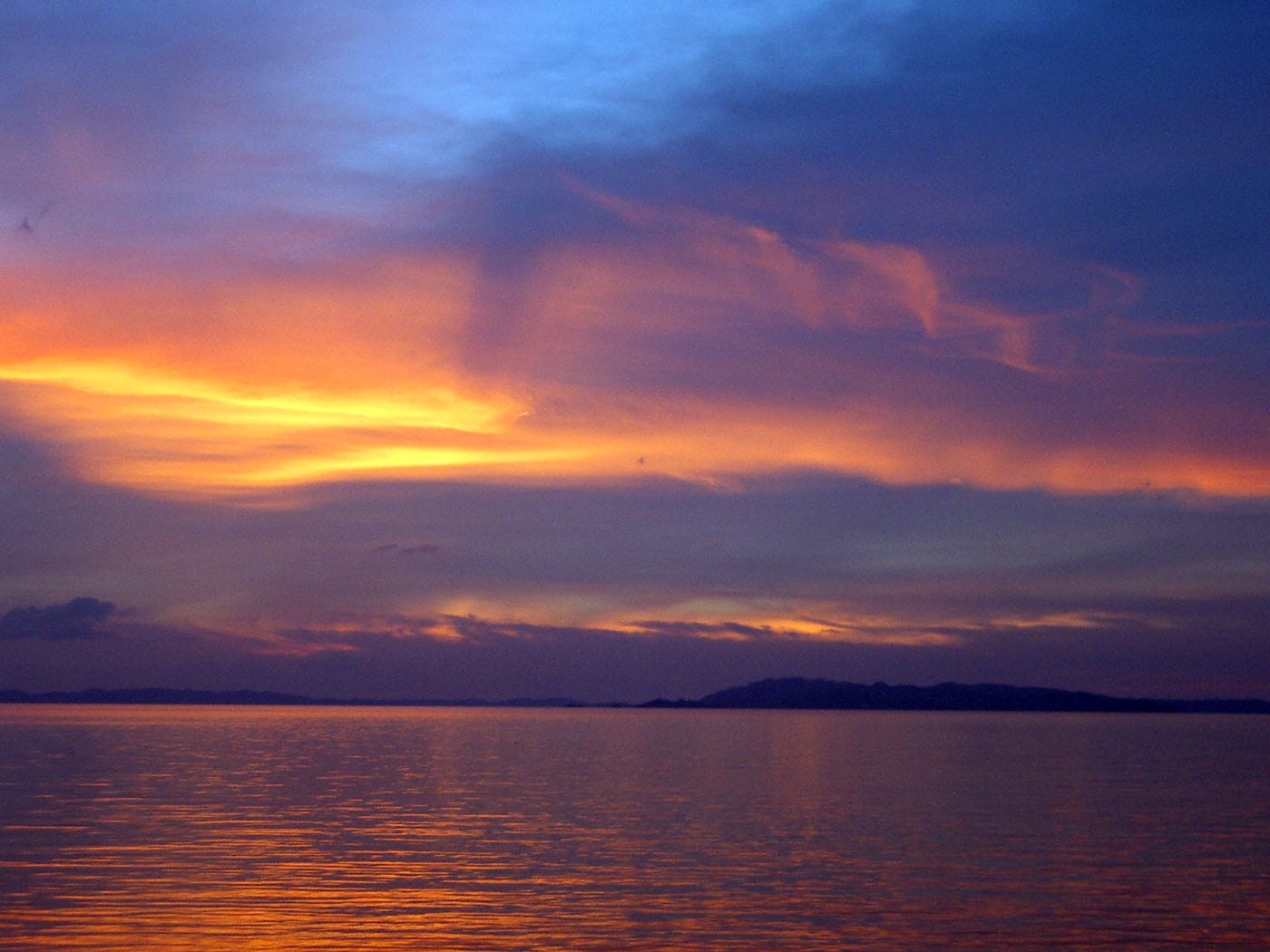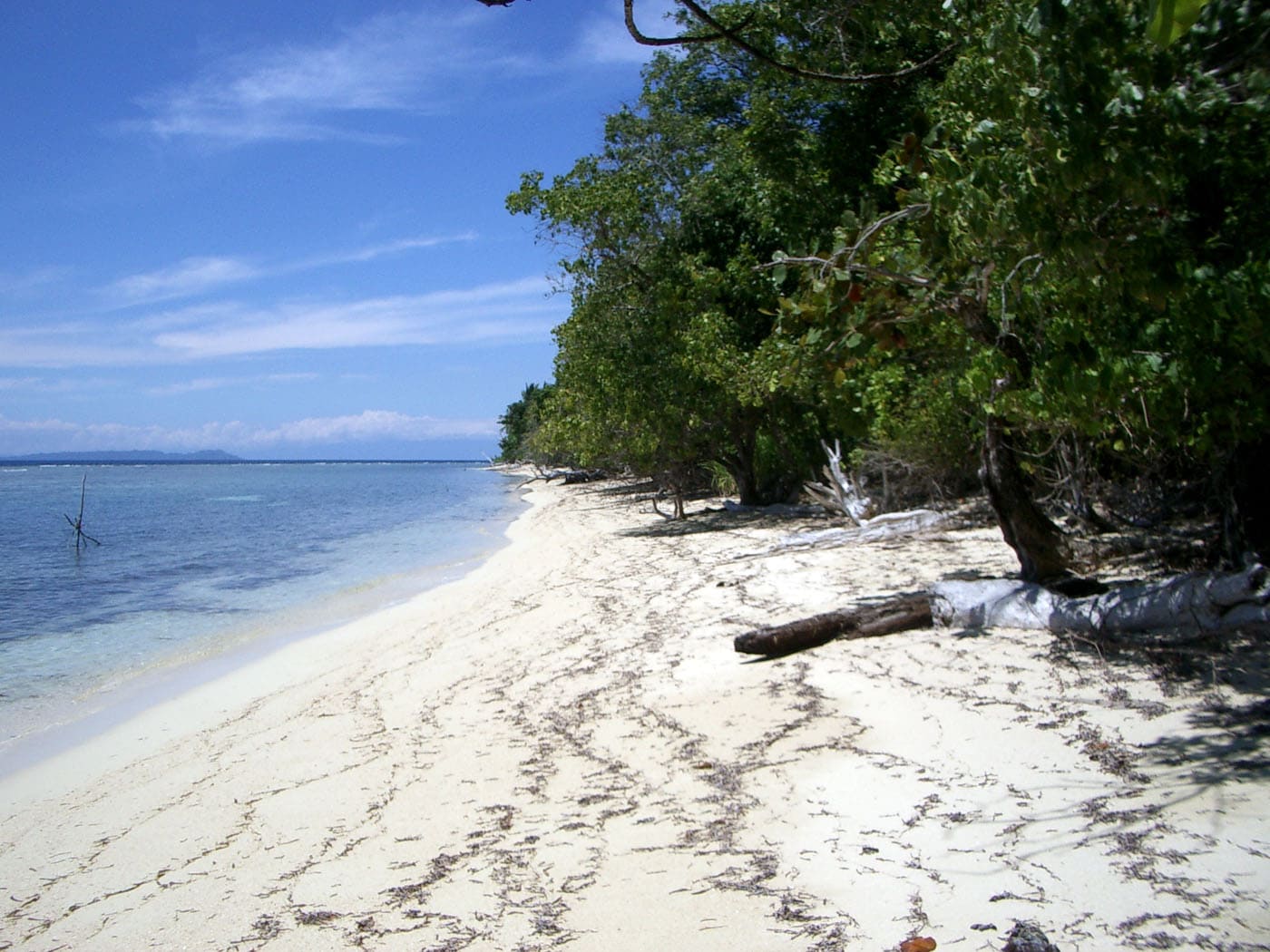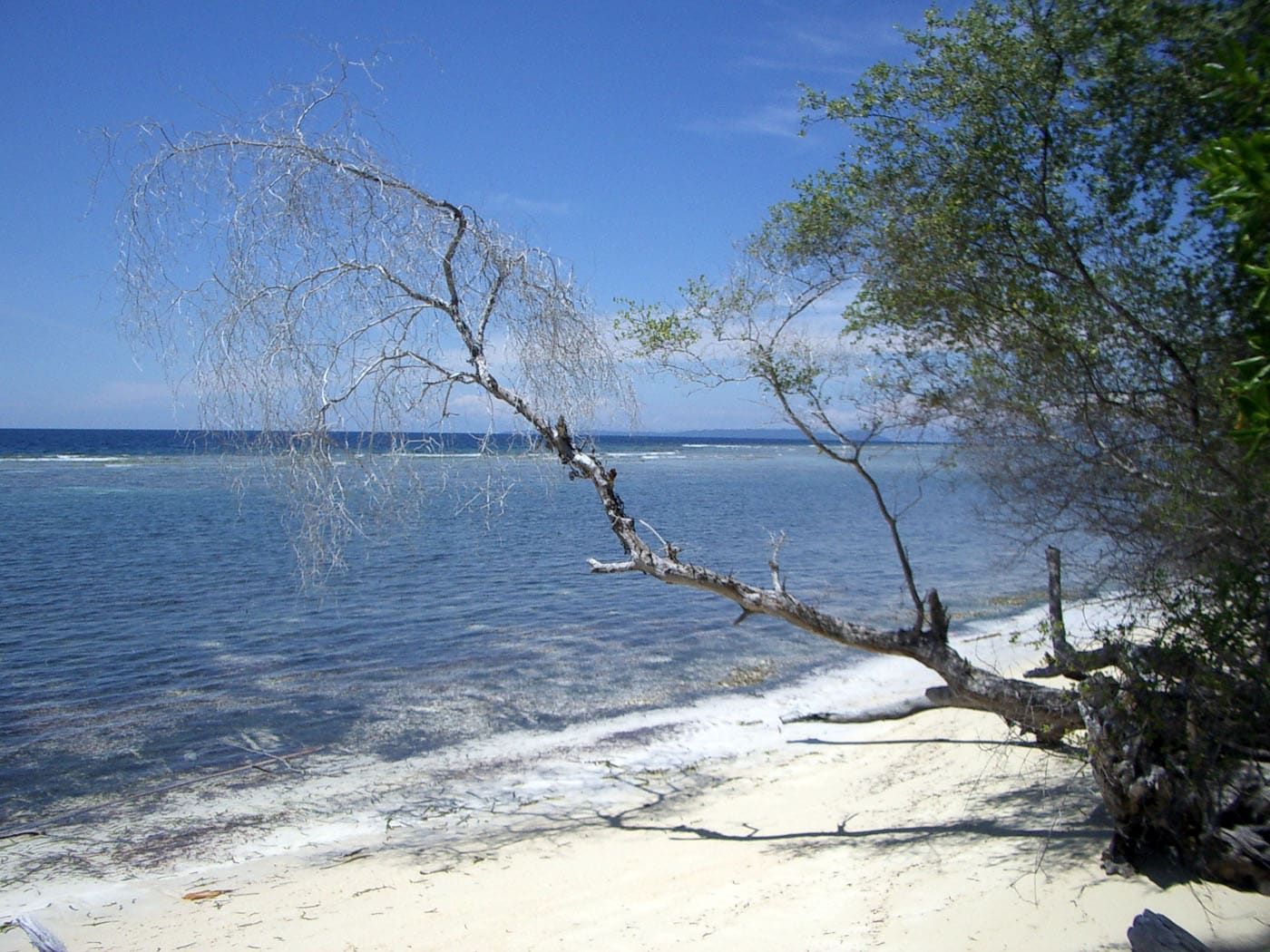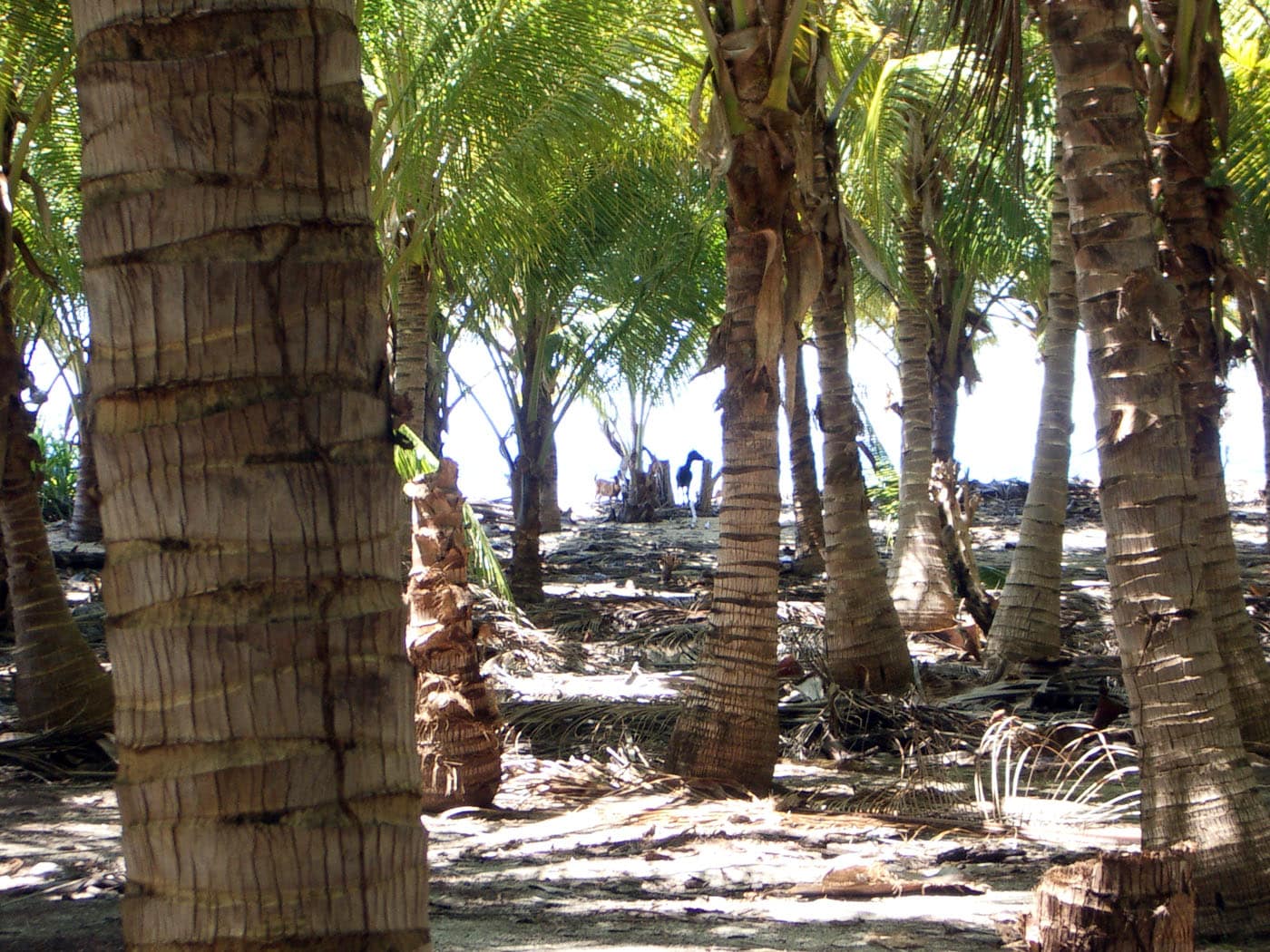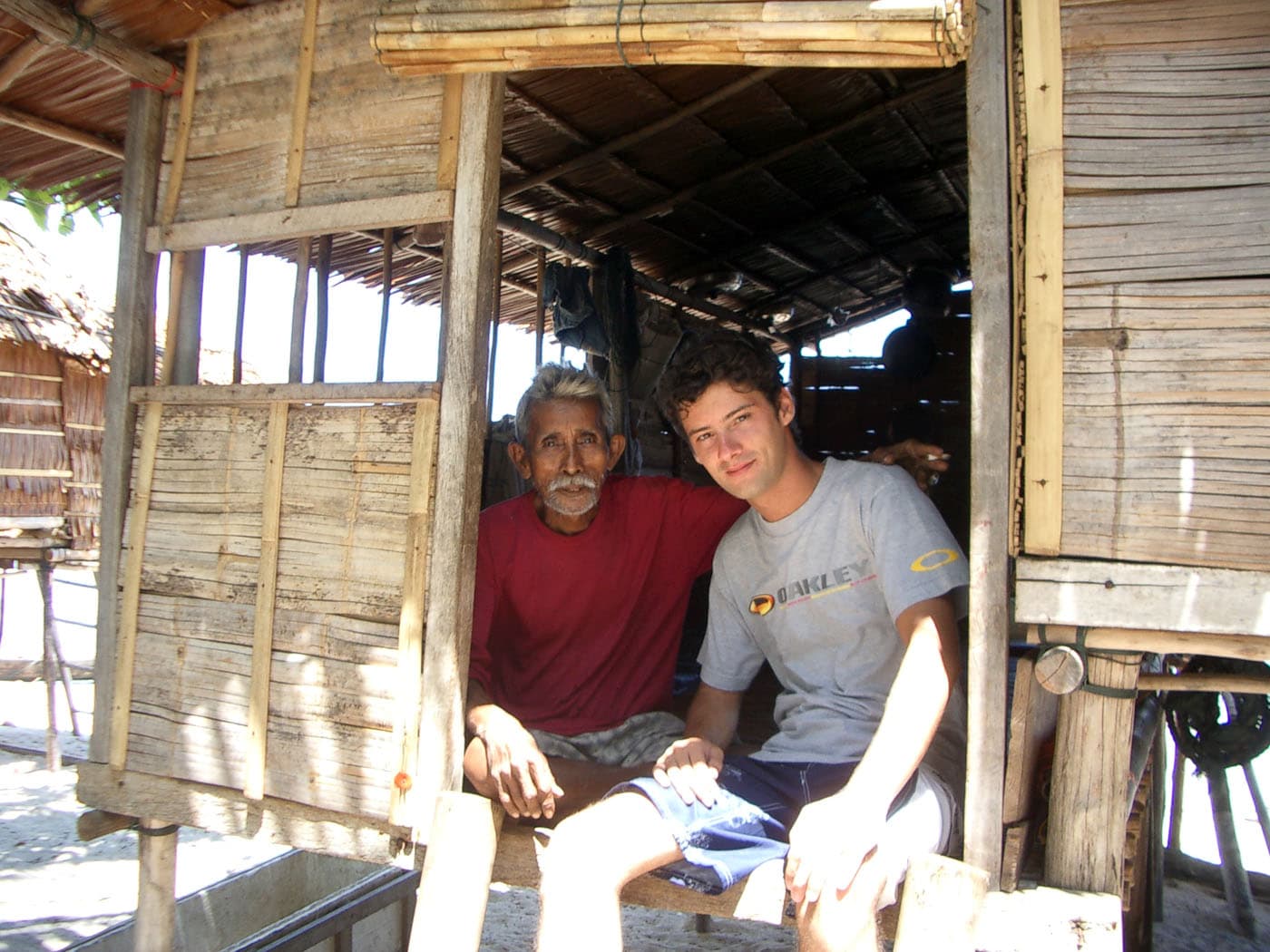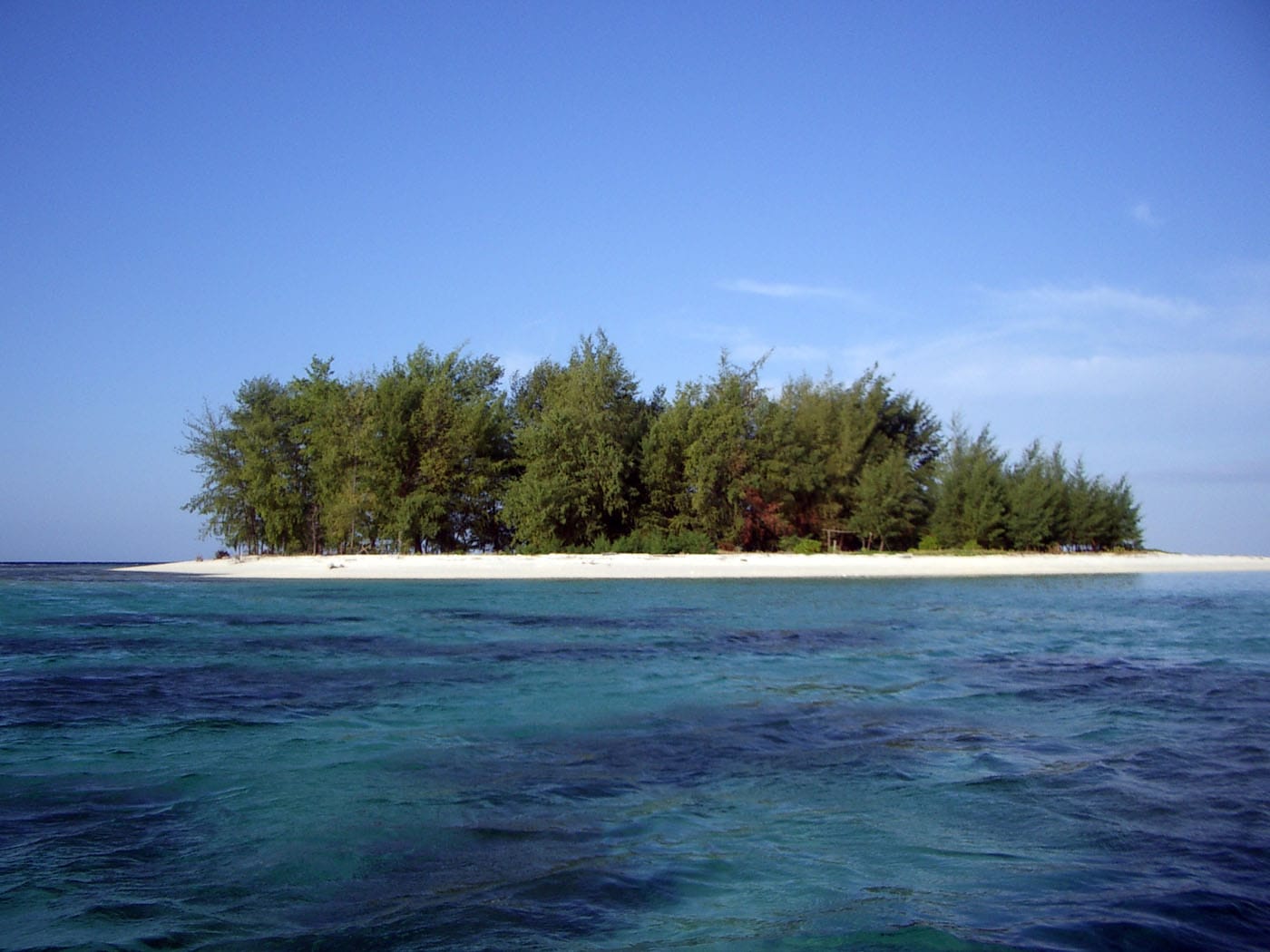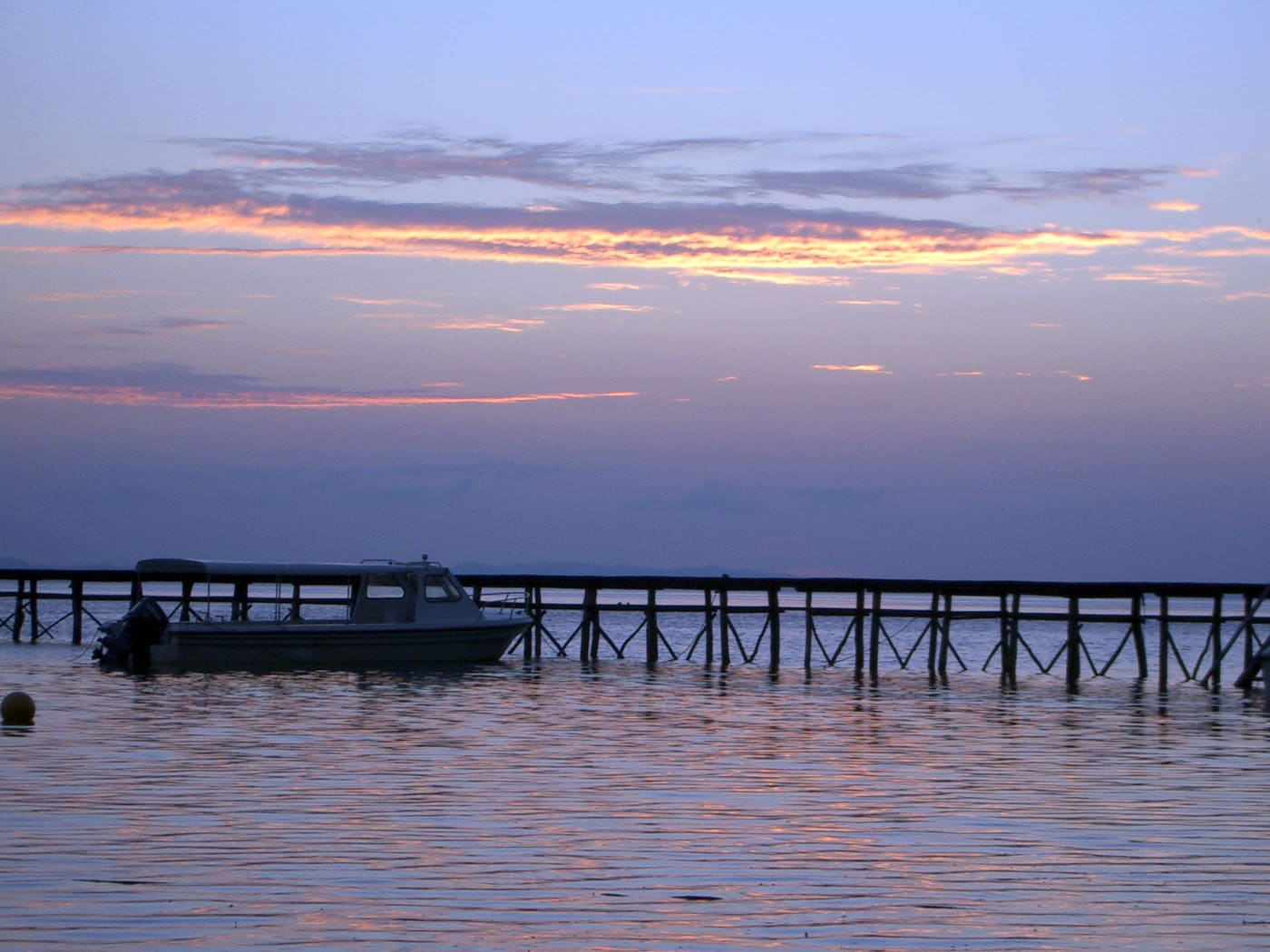Biodiversity in Indonesia – Wallacea
Sir Wallace’s evolution theory
Occupying only 1.3% of the world’s land surface, Indonesia, an archipelago made up of about 17,000 islands, is one of the world’s richest nations in terms of biodiversity.
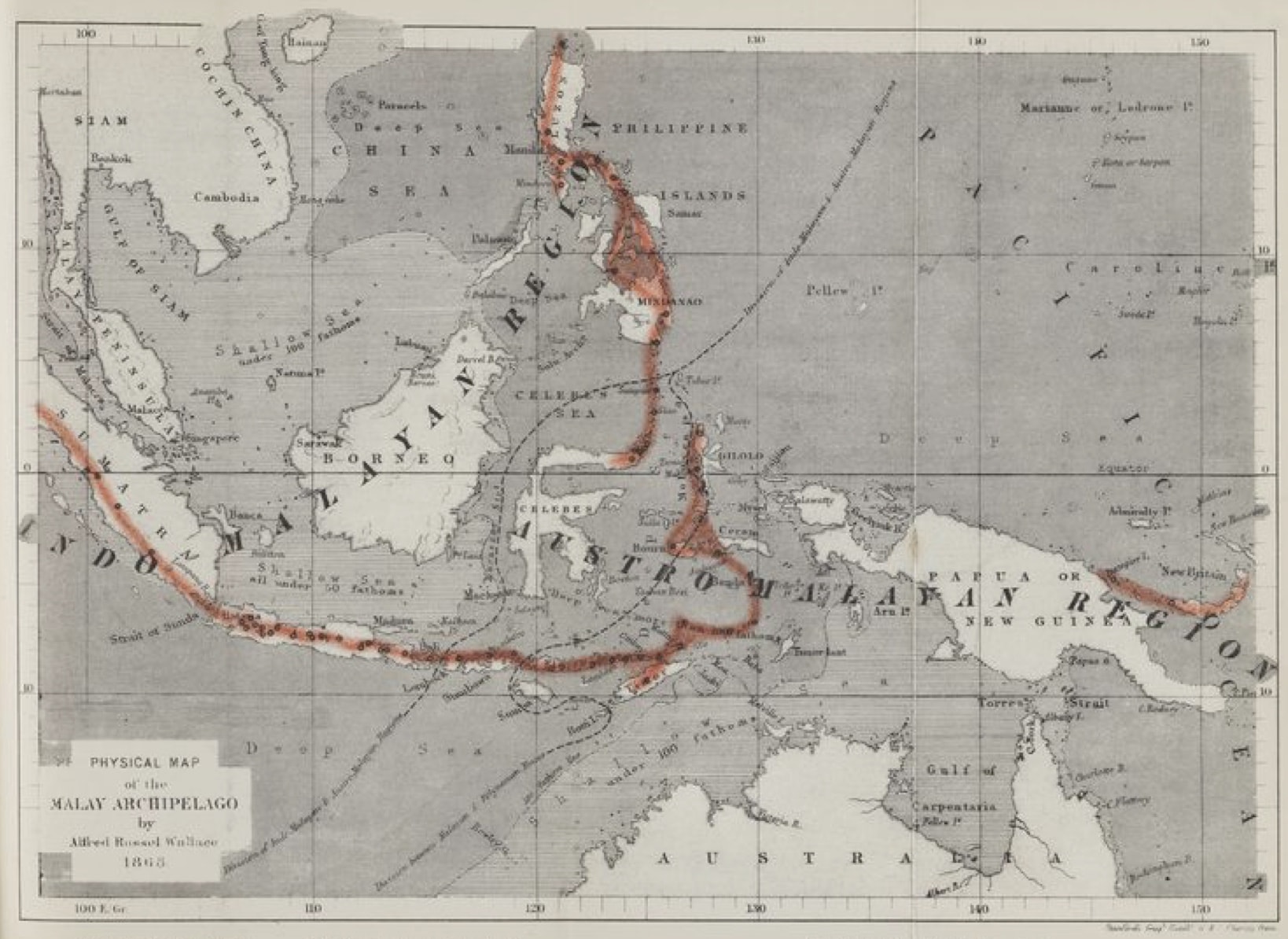
Alfred Russel Wallace, Charles Darwin’s contemporary and co-discoverer of evolution, was the first to describe the faunal boundary between Asia and Australasia: the famous #Wallace Line. To the west of the line, all of the species are similar or derived from species that are found on the Asian mainland. To the east of the line, there are many species that of Australian descent. Along the line is a mix of the two and many species are hybrids of the typical Asian species and the more isolated Australian species. Indeed, thousands of years ago, Asia and Australia were joined together to make one giant land mass. During this period, species were free to move about on to both continents; however, once continental drift and plate tectonics started to pull these lands apart, the large amount of water that ended up separating them drove evolution in different directions for the species making them unique to either continent after a long period of time had passed. This continued reproductive isolation has made the once closely related species much different and distinguishable. The islands near the Wallace Line are also collectively called Wallacea in honor of Alfred Russel Wallace. Such biogeographical region includes Sulawesi, Lombok, Halmahera, Buru, Seram, Flores, Sumbawa, Sumba, and several other smaller islands. Wallacea occupies a total land area of 347,000 square km. Today, the flora and fauna of Wallacea are facing significant challenges posed by human activities. Large scale deforestation, developmental activities, habitat destruction, hunting and poaching, and also climate change induced sea level rise are all factors responsible for the declining numbers of Wallacea’s endemic animals and plants. Only 45% of the region retains forest cover in some form. Only 15% or 52,017 square km of this forest region is in the pristine state. 82 species of threatened including 6 critically endangered species of terrestrial vertebrates inhabit Wallacea.
Human settlement in #Sulawesi is ancient. Paleolithic art found in caves has been dated to at least 40,000 years ago. The Portuguese first visited the island in 1512. The Dutch expelled the Portuguese in the 1600s and conquered the natives in the Makasar War (1666–69). In 1950, it became one of 10 provinces of newly created Indonesia. Since 1998 the island has been the site of violence between Muslims and Christians. The Sulawesi Sea or Celebes Sea is north of the island, between it and the Philippines. Sulawesi occupies about 53% of the island aggrupation located in the northwest part of Wallacea. Mountains isolate its four separate peninsulas from one another and from the outside world. The inhabitants of Sulawesi are Malayan, except for some indigenous ethnic groups in the interior. The largest ethnic group is the Makasarese-Bugis, who are renowned as seafaring traders (Muslim). In the north are the Filipino-descended Minahassa (Christian), numbering around 40,000 in 1977. Rather than a single group, the #Minahasans are a confederation (Tontemboan, Toulour, Tondano, Tombalu, Tonsea, Tonsawang, Bentenan, Ponosokan, Belang, and Bantik) to sustain the conflict with the neighboring Bolaang Mongondow. Since the late 1600s, the Minahasans have been in regular contact with the Dutch, which over time has led to their Christianization, the formation of a large Eurasian population, and the virtual disappearance of the traditional culture. It is famous Wallace’s description of the fricassée of bats; indeed, Minahasans are still consuming bushmeat; as a result, a wide range of species is sold here: dog, warty pig, reticulated python, flying fox, the fruit bat, and the Sulawesi giant rat.
Capital of Sulawesi Utara, #Manado is a city stop by travelers heading to Bunaken Marine Reserve or Togians. The town’s center is in the north, close to the harbour, the market (Pasar Bersehati), and the Sam Ratulangi road, parallel to the endless malls on Jalan Pierre Tendean.
About an hour by ferry out from Manado, Pulau Bunaken is an island covered in coconut trees and ringed by sand and mangroves. Bunaken National Marine Park is an officially protected and recognized nature reserve; its total size is 79.056 hectares of land and marine area. Beside a coastal area, 5 islands are within its boundaries: Bunaken, Siladen, Manado Tua, Mantehage, and Nain. Almost 22.000 people live in the park in about 30 villages (kampungs).
The park has been populated for many generations before this area was declared National Marine Park in 1991. People mainly live from fishing and farming. Though Bunaken is already a marine park for almost 25 years, It is only since 1998 that there also came some real effective protection.
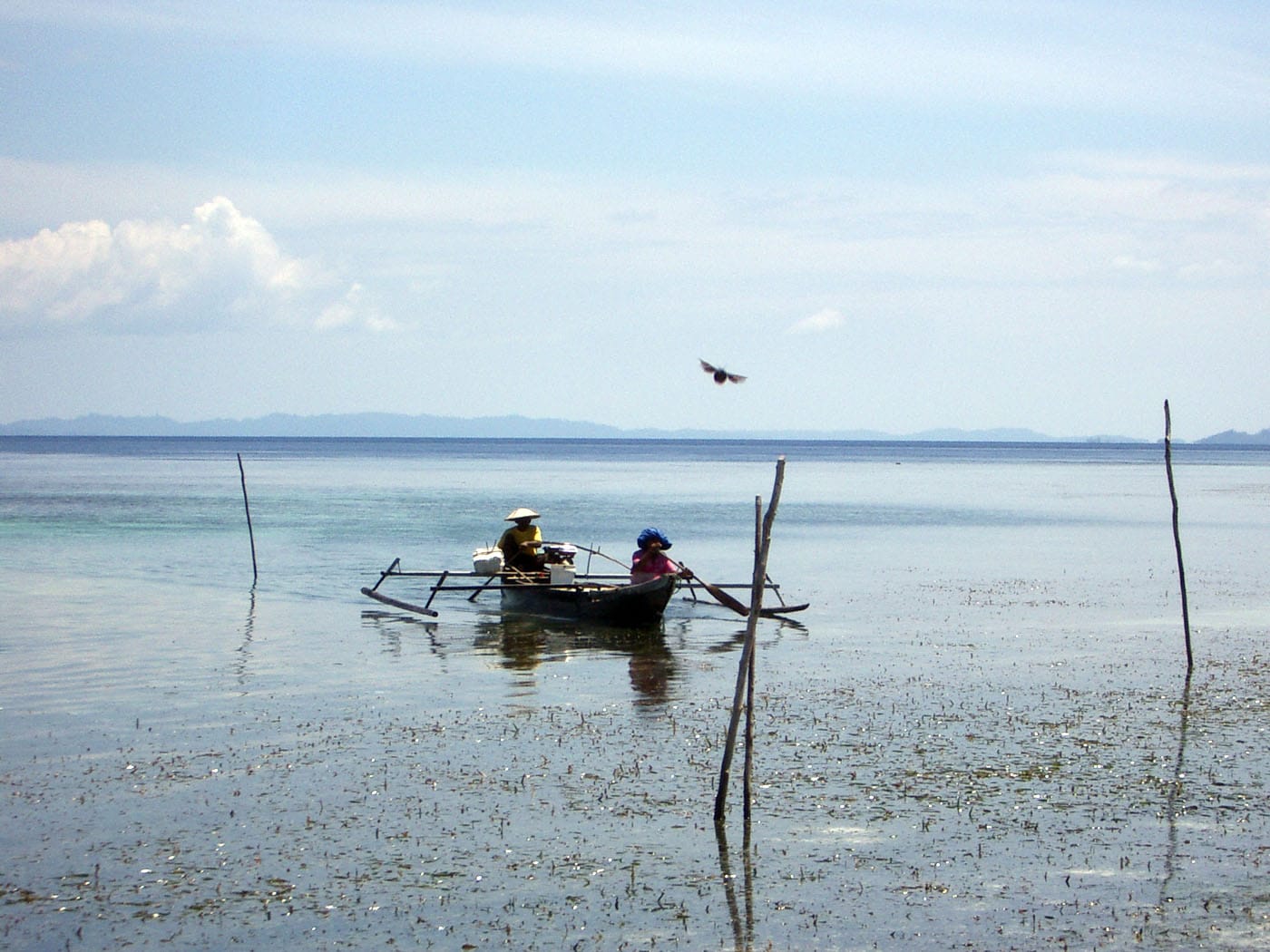
The Togian Islands form a fragmented 120-kilometre-long archipelago across the waters of Tomini Bay. The exceptional snorkelling and diving around the islands features turtles, sharks, octopus, garden eels, and a mixed bag of reef and pelagic fish species. However, there are also nine depots in the Togians dealing in the live export of seafood to restaurants in Asia. From west to east, Batu Daka, Togian and Talata Koh are the Togians’ three main islands, with Walea Kodiand Walea Bahi further east. The main settlements are Bomba and Wakai on Batu Daka, and Katupat on Togian. There are no vehicle roads or widespread electricity in the Togians, tourism in the islands is budget-oriented but good, and prices usually include meals.
References.
Biodiversity in Sulawesi Islands. Retrieved from https://www.jica.go.jp/english/our_work/social_environmental/archive/pro_asia/pdf/ind08_02.pdf
Wallacea. Retrieved from https://www.worldatlas.com/articles/where-is-the-biodiversity-hotspot-of-wallacea.html
Minahasans. Retrieved from https://www.everyculture.com/East-Southeast-Asia/Minahasans.html
Minahasans appetite for bushmeat. Retrieved from https://www.1843magazine.com/dispatches/how-to-join-the-rat-race
